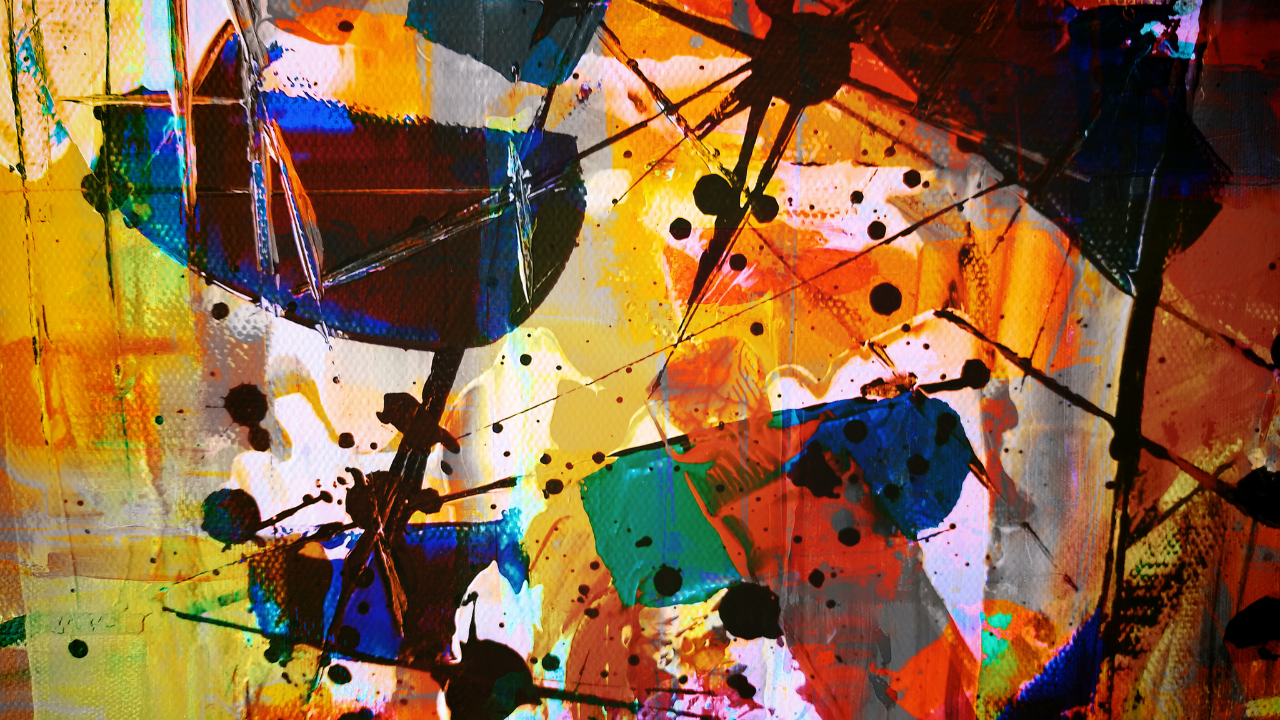
Let me tell you a story about a patient, let’s call her Sofia, who came to me one chilly November afternoon.
The wind outside was biting, and the scent of damp earth lingered in the air as the first flakes of snow began to fall.
Sofia walked in, her eyes wide with a mix of excitement and fear, her movements quick and sharp.
She had just finished a series of paintings—her best work yet, she told me, her hands fluttering as she spoke, as if the words were trying to escape too quickly.
Sofia was in the midst of a hypomanic episode.
Her energy was palpable, almost electrifying, as she described the whirlwind of creativity that had swept her up.
In just a few days, she had painted over a dozen canvases, each more vibrant and daring than the last. The colors she described sounded like fireworks—bright, explosive, impossible to ignore.
But as we talked, it became clear that this burst of creativity came at a cost. Sofia hadn’t slept in days.
Her thoughts were racing, tumbling over one another like waves crashing against the shore.
She felt invincible, yet there was a fragility in her voice, a small tremor that hinted at the storm brewing beneath the surface.
As a psychiatrist, I’ve seen this pattern many times. The link between bipolar disorder and creativity is well-documented, and it’s easy to see why people might romanticize it.
The idea of a tortured genius, creating masterpieces in the throes of mania, is seductive. But it’s also dangerous.
The Allure of Creativity in Bipolar Disorder
Bipolar disorder is often portrayed in media as a source of creative brilliance.
Sofia’s story is one that many people with bipolar disorder might relate to—those periods of intense productivity where the mind seems to unlock new dimensions of thought and imagination.
During hypomanic or manic episodes, individuals like Sofia might experience a surge of creativity.
Their thoughts race, ideas flow freely, and they can work with a level of focus and intensity that feels almost superhuman.
The world becomes a canvas for their imagination, and they are the artists, painting with broad, bold strokes.
But what’s less talked about is what comes next.
The High Cost of Mania
When the mania subsides, it often leaves devastation in its wake.
For Sofia, the days that followed her creative burst were marked by exhaustion, irritability, and a profound sense of emptiness.
The energy that had once fueled her creativity had drained away, leaving her feeling hollow and disconnected.
The vibrant colors of her paintings now seemed garish and overwhelming, a stark contrast to the gray fog that settled over her mind.
This is the reality of bipolar disorder.
The same hypomanic episodes that can spark creativity can also lead to risky behavior, poor decision-making, and strained relationships.
And when the pendulum swings the other way, into depression, that creative spark can be extinguished entirely.
Intelligence and Bipolar Disorder: A Complex Relationship
Another myth that often surrounds bipolar disorder is the idea that it is linked to higher intelligence.
While some individuals with the disorder may indeed be highly intelligent, this is not a universal truth. Intelligence, much like creativity, varies widely among those with bipolar disorder, just as it does in the general population.
It’s important to remember that bipolar disorder affects cognitive functioning. During both manic and depressive episodes, individuals may struggle with memory, attention, and executive function.
This can make it difficult to fully harness their intellectual capabilities, no matter how high their IQ may be.
For Sofia, her hypomanic episodes allowed her to think quickly, make connections between seemingly unrelated ideas, and produce work at an astonishing rate.
But in her depressive phases, she found it hard to concentrate, to remember basic tasks, or even to get out of bed.
Her intelligence, her ability to think critically and solve problems, was not enhanced by her disorder—instead, it was often impeded by it.
Moving Beyond the Myths
It’s tempting to romanticize bipolar disorder as a source of creativity and intelligence. But doing so ignores the very real challenges that come with the condition.
Bipolar disorder is not a gift—it’s a serious mental health condition that requires careful management and support.
For Sofia, treatment was essential.
Through a combination of medication, therapy, and lifestyle changes, she was able to stabilize her mood and reclaim her life.
The creative spark was still there, but now it was grounded in stability, allowing her to create without the fear of crashing afterward.
Supporting Those with Bipolar Disorder
As professionals in the field of mental health, or as those who support someone with bipolar disorder, it’s crucial to recognize the complexities of the condition.
We must move beyond the myths and focus on providing the care and support that individuals like Sofia need to thrive—not just during their highs, but in the quieter, more stable moments as well.
Bipolar disorder does not define a person’s worth, nor does it dictate their potential.
By understanding and treating it with the seriousness it deserves, we can help those affected to live fulfilling, balanced lives, where creativity and intelligence are just part of the rich tapestry of their existence.
And remember, the real masterpiece isn’t created in a single burst of inspiration. It’s crafted over time, with patience, care, and a steady hand.
Warmly,
Florina
Get My Blog Posts Right in Your Inbox Every Week
Make your mental health a priority. Receive tips and strategies for living well – mentally, physically, and emotionally – every week.
Get My Free Guide: 7 Cheap, Simple Strategies for Boosting Your Brain Performance
Better focus – clearer memory – faster cognition – more mental clarity – improved intellect…
Your brain is capable of beautiful things. If you don’t think you’re getting the most out of your cranial supercomputer, you can reap the benefits of these 7 simple strategies for the low, low price of “free.”